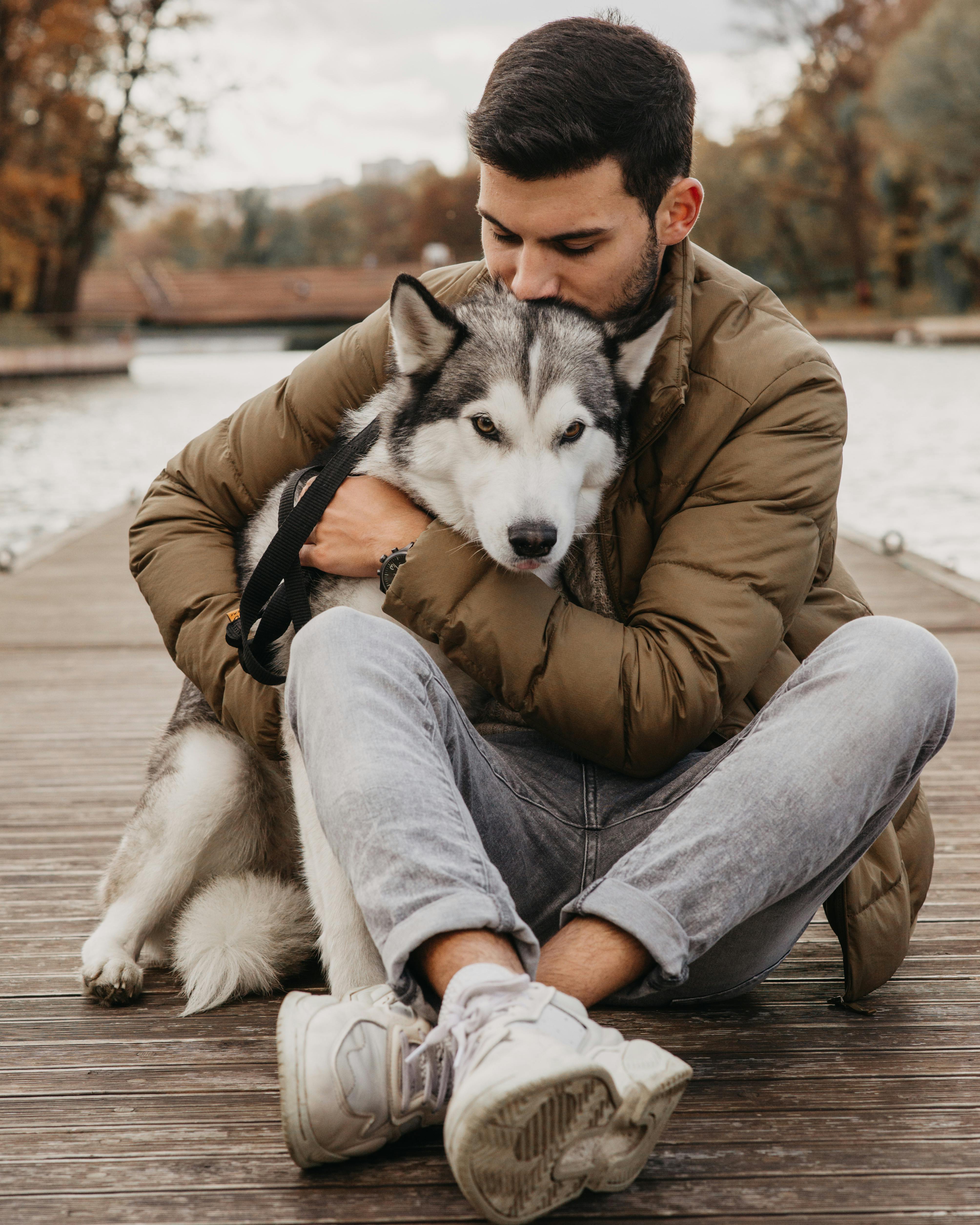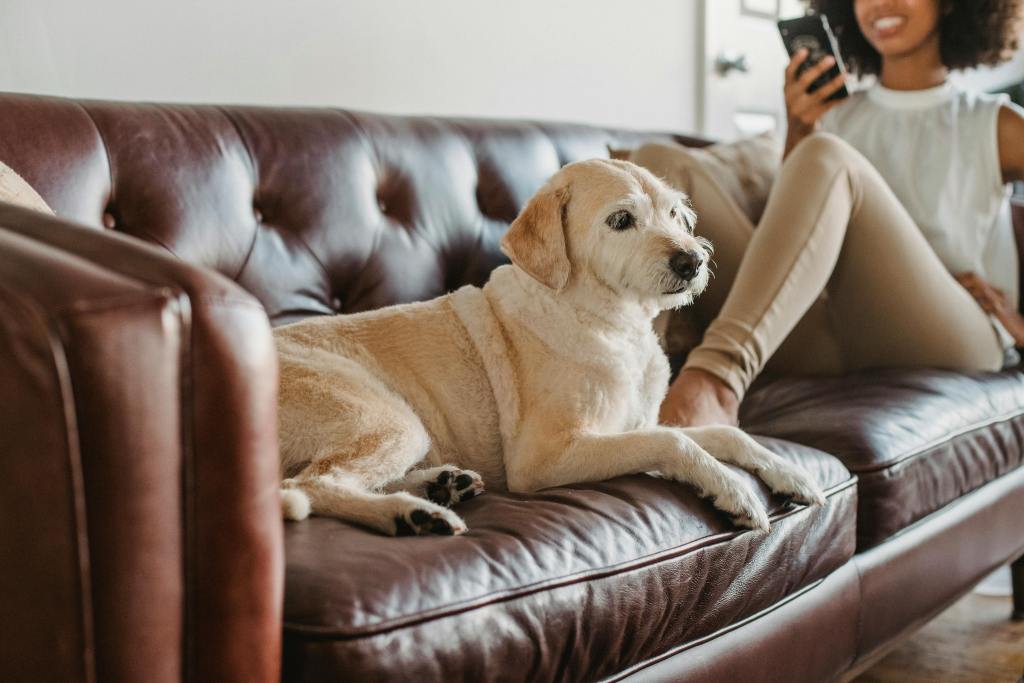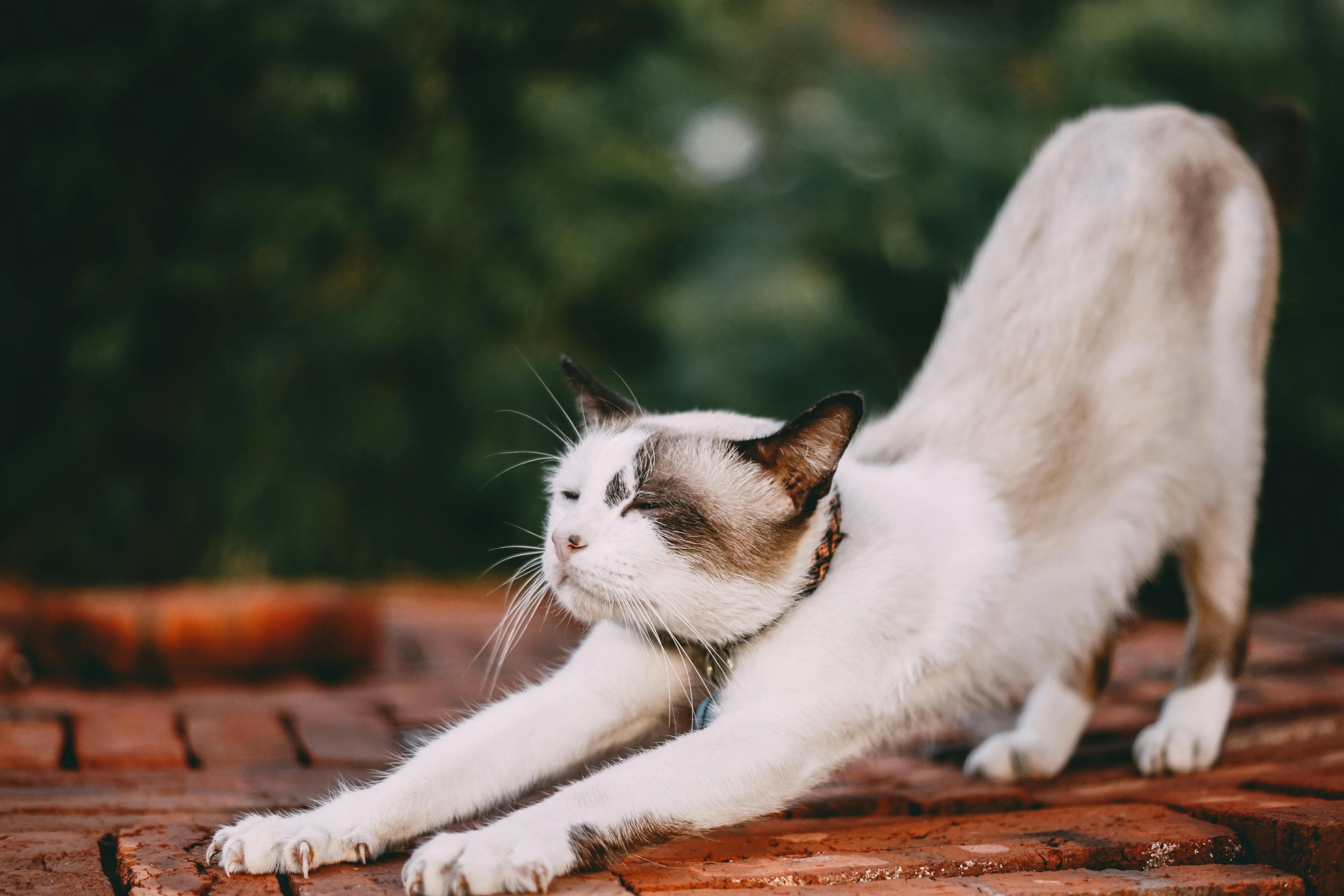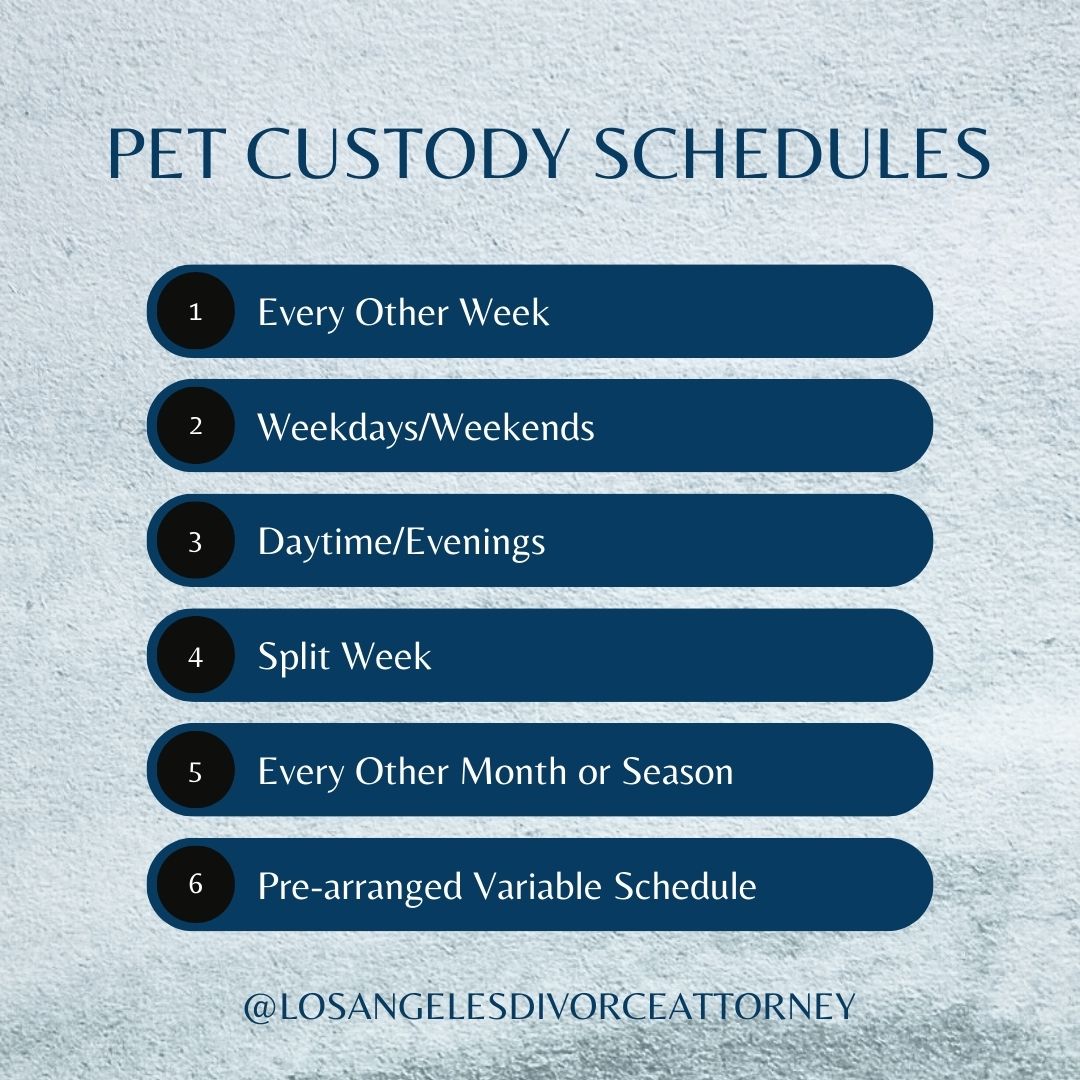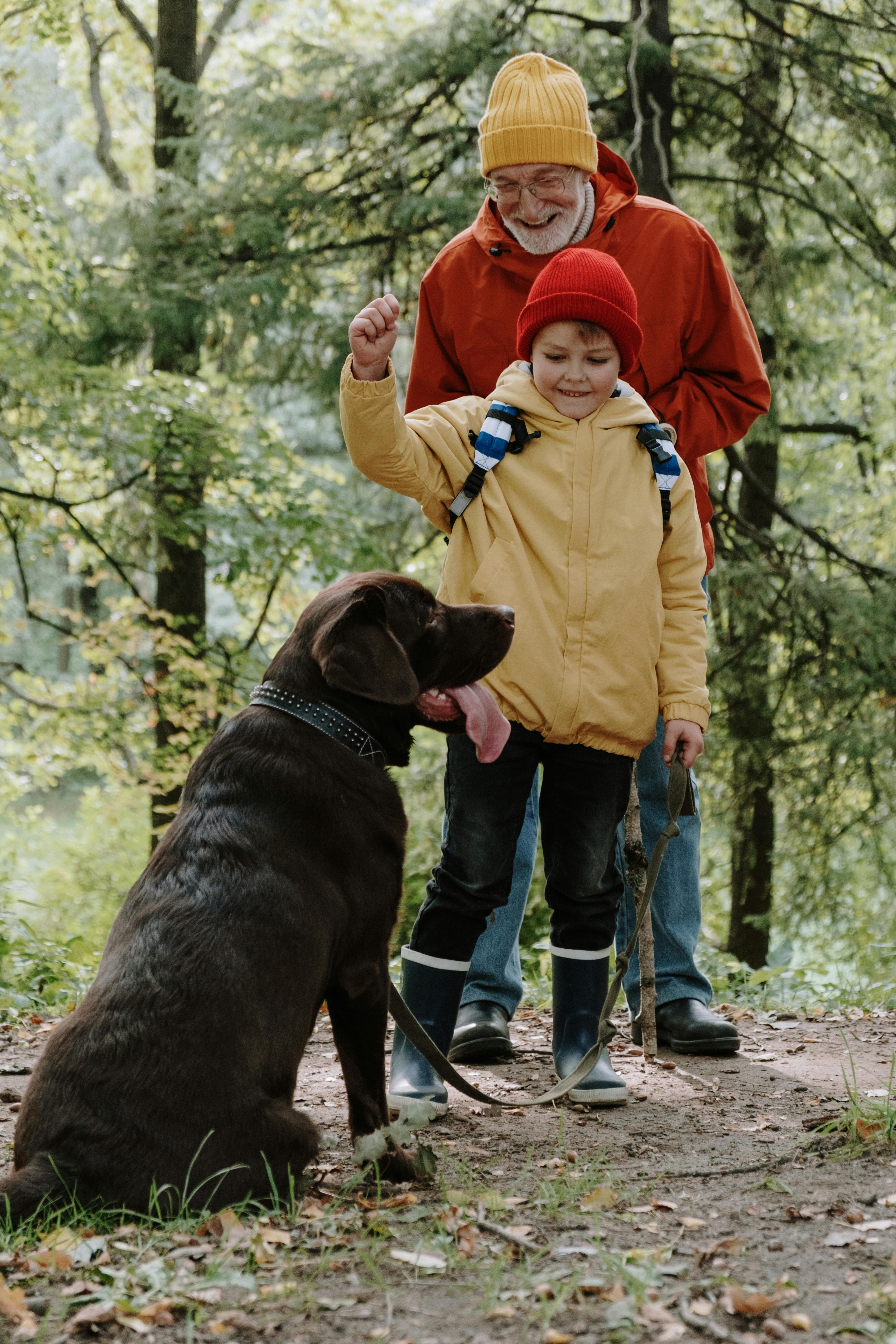When a relationship ends, many things have to be reconfigured. Furniture is divided, someone moves to a different home, and other property is split up.
Pets are also impacted by a separation. Unlike couches or works of art, more than one person can share custody of a pet.
If you have a pet co-ownership agreement with a former partner, it is important to set yourself up for success. Take some time to come up with a co-ownership plan. Your partner, your pet, and you will all benefit.
Below are the top priorities to consider when co-owning a pet.
Create a Schedule
Creating a pet custody schedule is one of the most beneficial things you can do in a co-ownership situation. It will minimize tension between you and your ex and help your animal adjust to their new normal.
There are multiple things to consider when you’re deciding who has your pet and when.
Lifestyle
Pets’ live around their schedules. They quickly pick up on consistencies and settle into patterns.
You need to look at your lifestyle and your ex’s and figure out who can give the most consistency to your pet. This will help you decide on the type of schedule you should create.
Work schedules, how often you’re home, and where you live will all impact your pet’s life.
For example, if your dog is used to one of you working from home, you might consider that owner having the dog during the week and the other owner having the dog on the weekends.
Someone who travels often for work should consider weekend-only ownership as well.
Sit down with your former partner and workout whose lifestyle works best for your animal. Create a schedule that takes into account your respective obligations and living situations, and also benefits your pet.
Your Pet’s Needs
Some animals have health conditions or personalities that make creating a schedule more difficult. Here are some things to consider when you’re thinking of your pet’s needs:
- Will one home have other pets? Is your pet bad with other animals?
- Does one person have a yard or park close by and the other doesn’t?
- Will your pet want to be on your children’s custody schedule?
- Does your pet have mobility issues?
- Is your animal anxious?
- Does your pet have separation anxiety?
If your pet is old, has anxiety, or is generally very set in their ways, you might have to concede more time to the owner who is staying in the home your pet is used to. As time passes you can slowly increase how much time the animal spends at your house.
This isn’t to say that one person will never get the pet because their life is changing more. You just have to consider how your pet’s limitations impact what time of day or days of the week you will have custody of your pet.
Schedule Options
Once you have assessed your lifestyle and your animal’s needs, you can come up with a co-ownership schedule.
People often assume that a pet custody schedule will look similar to a child custody schedule. This isn’t necessarily the case. If you also have kids, you can match your pet’s schedule to your children’s. But not everyone does this. Some people will decide to have their pet when their ex-partner has the children so neither is ever totally alone.
Whether you have a child visitation schedule or not, you have quite a bit more flexibility with pet custody than child custody.
The biggest difference between pet custody and child custody schedules is how long a pet can stay with one party. Some people will choose to have a pet for a month or an entire season before switching with the other owner. This happens often when pets do better with fewer environment switches or when owners live further away from each other.
Many people will stick with a shorter, alternating schedule if their schedules allow. Common short schedules include every other week, a mid-week switch-off, a daytime/evening daily swap, or one person having custody on weekdays and the other on weekends.
Once you have agreed on a schedule set out to make your pet’s life as comfortable and close to normal as possible.
Be Consistent
Pets thrive on predictability. Your arrangement should follow your pet’s current routine as closely as possible. This includes keeping the same waking times, exercise schedule, meal availability, and sleeping arrangement.
Your animal should have the same rules no matter the owner they’re with as well. This will keep them from getting confused and stressed. It will also help your pet maintain trust with both owners.
Be patient as your pet settles into their new co-ownership routine. They might be nervous or confused at first.
Animals will take time to adjust to their new environment. If you have a new living situation, your animal will adapt. Prioritize their routine and give them time to get comfortable. Also consider giving them extra time with you on walks, playing, or cuddling. This will reassure them that regardless of their new surroundings you are the same and are there for them.
Have a Plan For Expenses
A positive co-ownership agreement can go south fast if you don’t have a plan in place for pet expenses.
There are quite a few ways you can equitably divide the cost of having a pet. You just need to discuss them and pick and choose what works best for both of you.
50/50 Split
If you have a good relationship with your ex-partner you can agree to a straight 50/50 split of all pet costs. You can save receipts and settle the difference monthly, quarterly, or annually.
For many people this method will cause tension. If this is the case for you, you can create an agreement that helps you divide all day-to-day and unexpected costs in a more formal way.
Day-to-Day Expenses
When it comes to run of the mill pet purchases you have options.
Some co-owners will assign one person to be in charge of all pet expenses and the other person will pay a set pet support amount each month, like a spousal or child support agreement. This practice works especially well for owners who only have their pets a few days a month. They can contribute a set amount to the care of their pet that is comparable to how much time they spend with them.
Another option is for each owner to be in charge of all expenses at their homes. Each person will have their own toys, crate, food, and so on.
Both of these systems work well for everyday expenses, but can create problems if large bills occur.
Large or Unexpected Costs
A smart way to handle large expenses is with a pet savings account. Each owner contributes a set monthly amount to the account and money is only drawn for large pet related expenses.
If you don’t have a pet support agreement, you can choose to use the pet savings account for all costs as well, not just the large or unexpected ones.
Pet insurance is another way that co-owners share responsibility for their pet. Each owner will split the premium and rely on the policy to cover expensive procedures or visits.
Divide Responsibilities
There are a lot of non-monetary responsibilities associated with pet ownership. Beyond making a schedule and creating an expense plan, you need to make sure all other pet related tasks are taken care of. It can be easy for things to fall through the cracks for anyone, especially if there are two separate owners.
Make a list of all pet related responsibilities and either divide them equally or decide if one person will compensate the other for extra effort.
Frequent Recurring Responsibilities
Some responsibilities will follow the pet and are more obvious. Others take some forethought.
Part of your schedule can include a list of responsibilities that need to be done daily, weekly, or monthly. You can either decide that whoever has the dog on that day is responsible or make a schedule that intentionally puts the same person in charge of that responsibility.
Common recurring tasks include:
- Giving medications
- Flea/Tick treatments
- Brushing their teeth
- Detangling their coat
- Bathing
- Training exercises
- Grooming appointments
Sporadic Responsibilities
The more common tasks are often easy to remember and can be passed off between owners. The less frequent tasks can be accidentally overlooked or unnecessarily duplicated.
Sporadic or less common tasks should be assigned to someone so they get done at the appropriate time. Renewing pet registrations and licenses, annual vet visits, and annual bulk prescription refills are common tasks that need to happen, but could get forgotten because they only happen once a year.
If one of the owners already leads in these tasks before you split up, they should continue to as co-owners. It will help ensure everything that needs to happen, happens.
Have a Good Co-Ownership Relationship
Even if you can’t agree on much, agree to do what is best for your pet. Don’t use your pet to get back at an ex. Make your separation amicable, at least when it comes to your pet.
Try to see things from your pet’s perspective and work with their other owner. If you and your ex are both loving pet parents, it is reasonable to assume your animal will want access to both people. Don’t stand in the way of that.
Communication
Communicating with an ex-partner can be very difficult. You don’t have to be friends, but you should strive to be civil co-owners to your beloved pet.
To help with this, decide early on what your communication will look like. Decide what method works best for both of you and how often you want to talk about your pet. For some this will include frequent pet updates while the other person doesn’t have the animal. For others it might mean a monthly recap of what has happened, who owes who money, and any noteworthy events.
Make sure you have a plan in place for emergency communication as well.
If you know what to expect when it comes to talking with your former partner it can make the conversations less stressful.
Flexibility
Be willing to be flexible. A lot can change in your life over the years.
There will be times you need to swap responsibilities or schedules. You might lose a job and need to request a break in pet expenses for a few months. Or a change of job might also open or restrict your schedule.
When changes happen be willing to discuss them with your pet’s other owner calmly. You may need to adjust your schedule, responsibilities, and financial obligations like you did in the beginning. That’s okay. It can all work out.
Get a Legal Co-Ownership Ruling
There are a lot of pieces to creating a positive pet co-ownership relationship with an ex-partner. It can be hard to put aside your personal differences and establish a routine that works for everyone and your pet.
If you are separated and can’t agree on a co-ownership agreement you can get a legal ruling to solidify one.
Schedule a consultation to discuss getting legally recognized co-ownership of your pet.


